Fall is the time of year when deciduous trees begin to change color from green to gold, red, purple and brown. The term “deciduous” means to lose leaves each year. Before the leaves fall off, they often turn color as the green chlorophyll pigments fade away to unmask other pigment colors underneath.
I’ve listed a great selection of plants you may want to consider adding to your landscape to give it more fall color. Be sure to include plants like pyracantha, nandina or toyon which in addition to fall color, also contribute colorful berries.
And don’t forget to have evergreen trees and shrubs as the base of your landscape. Otherwise your yard may look somewhat “naked” in winter.
SMALL TREES (to 30′ high)
- Birch (Betula species) gold
- Crape Myrtle (Lagerstroemia indica) red, purple, orange, gold
- Japanese Maple (Acer japonicum) red, purple, orange, gold
- Chinese Pistache (Pistacia chinensis) red, purple, orange, gold
- Washington Thorn (Crataegus phaenopyrum) red, purple, orange, gold
- Western Redbud (Cercis occidentalis) gold
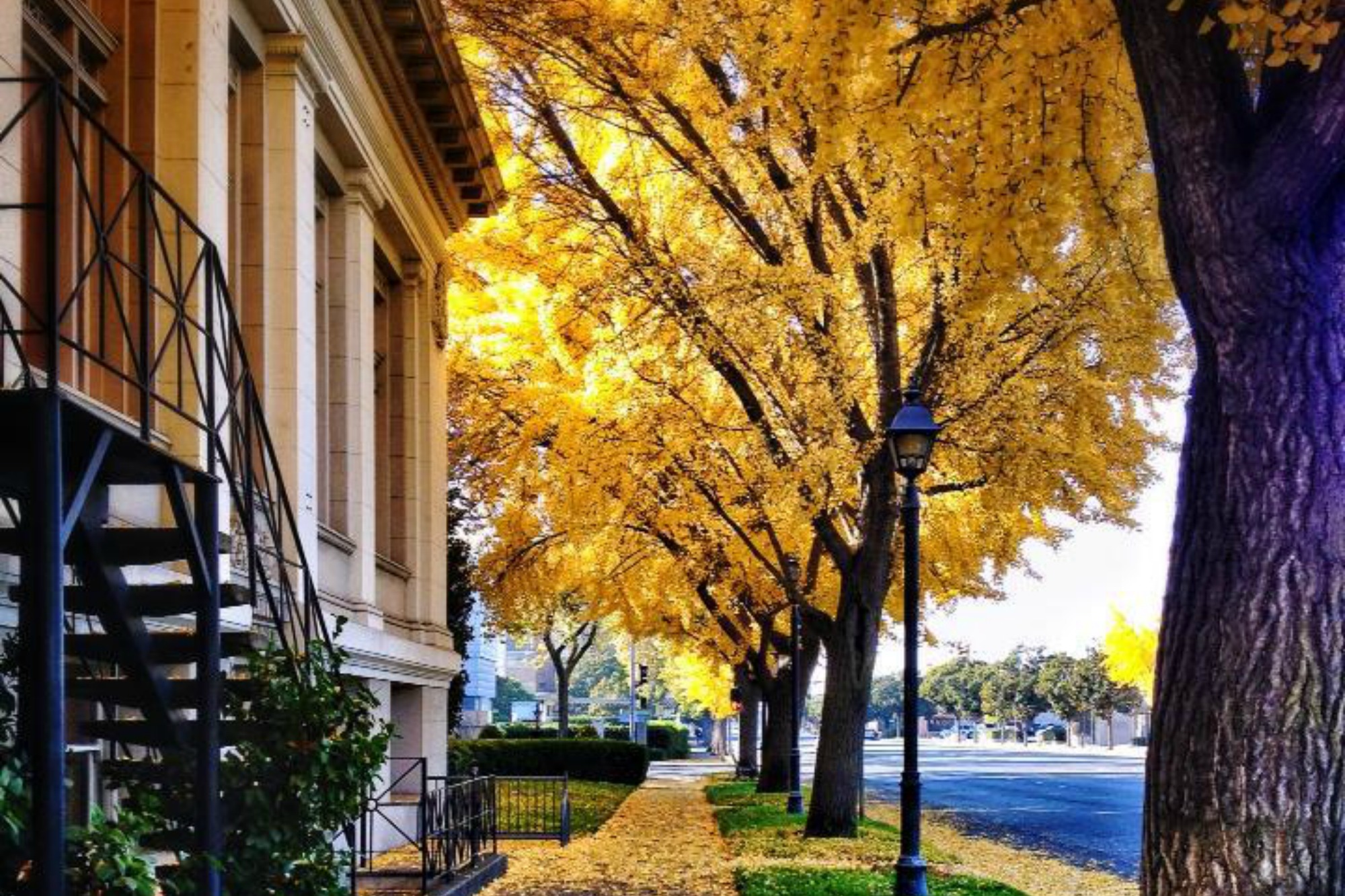 MEDIUM TREES 30-60′
MEDIUM TREES 30-60′
- Ginkgo (Ginkgo biloba) gold
- Liquidambar or Sweet Gum (Liquidambar styraciflua) red, purple, orange, gold
- Chinese Flame Tree (Koelreuteria bipinnata) gold, with orange & red seed pods
- Flowering Pear (Pyrus species)
- Ash (Fraxinus species)
- Red Maple (Acer rubrum) ‘Autumn Fantasy,’ ‘October Glory,’ ‘Autumn Blaze’ etc. red, purple, orange, gold
LARGE TREES 60′+
- London Plane Tree (Platanus x acerifolia) gold
- Sycamore (Platanus racemosa) gold
- Silver Maple (Acer saccharinum) gold
- Oak (Quercus species) Red Oak-red, purple, orange, gold. Valley Oak-mostly gold
- Heavenly Bamboo (Nandina domestica) red, purple, orange, gold, red berries
- Photinia (Photinia villosa) red, purple
- Pomegranate (Punica granatum) gold, reddish pink fruit
- Cotoneaster (Cotoneaster) red, purple, orange, gold, red berries
- Hydrangea (Hydrangea species) gold
- Pyracantha (Pyracantha species) red berries
- Grape (Uva species) gold
- Virgina Creeper (Parthenocissus quinquefolia) red, purple, orange gold
- Wisteria (Wisteria species) gold
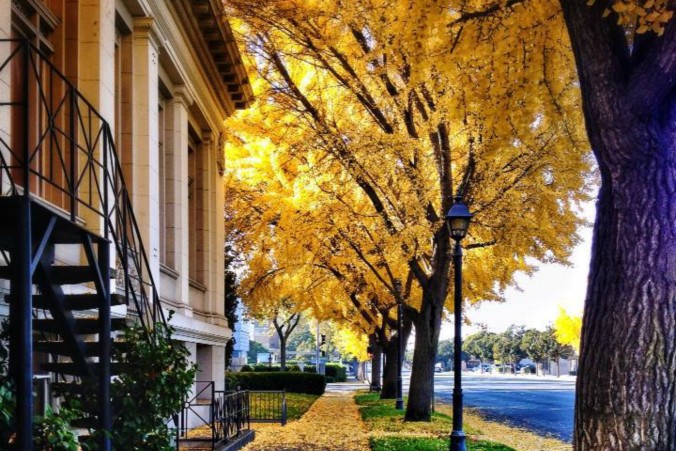
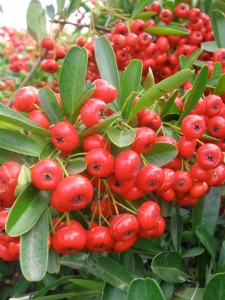
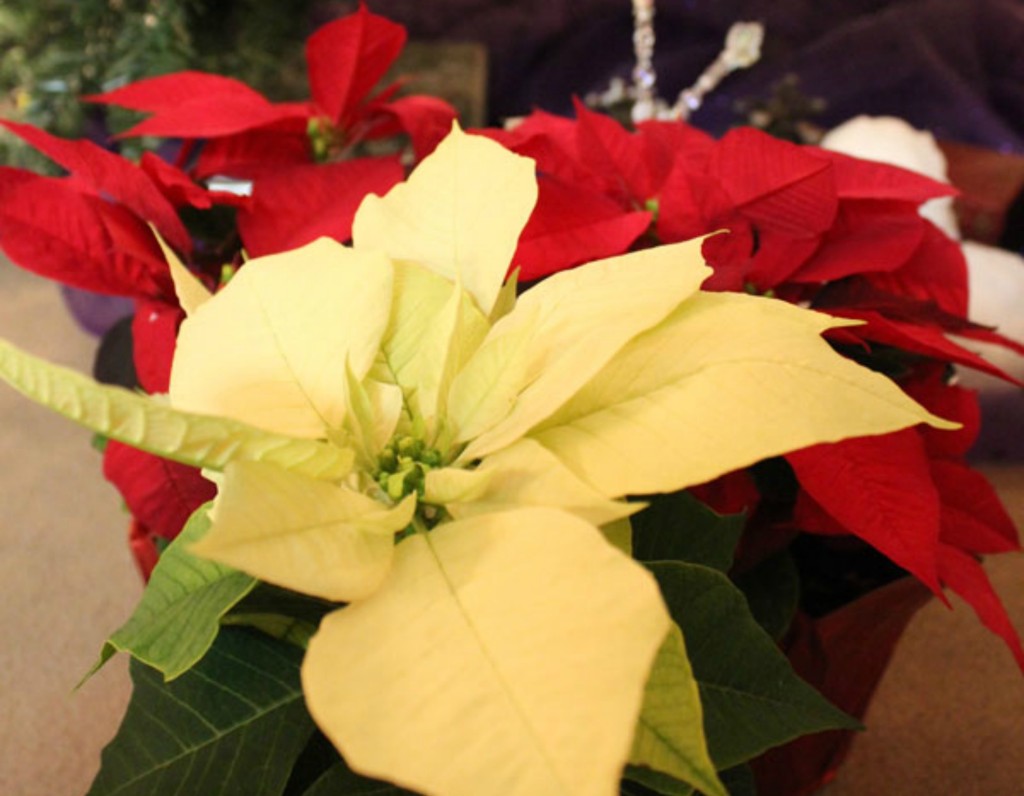

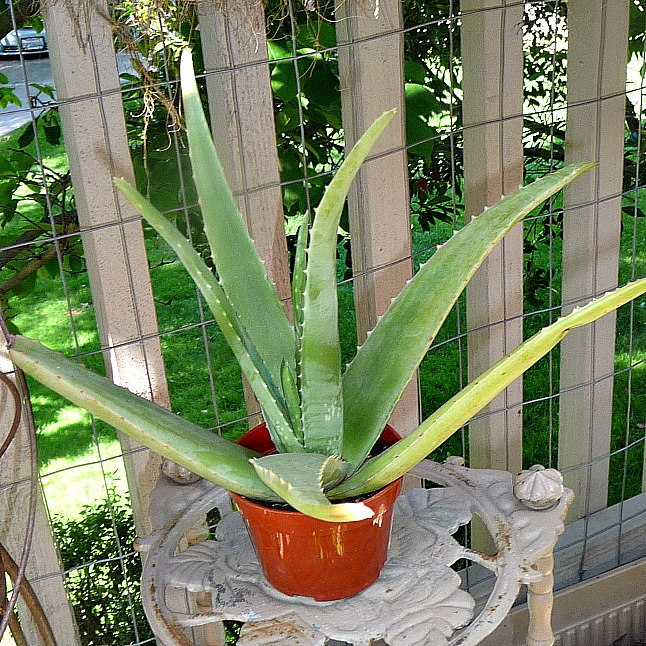

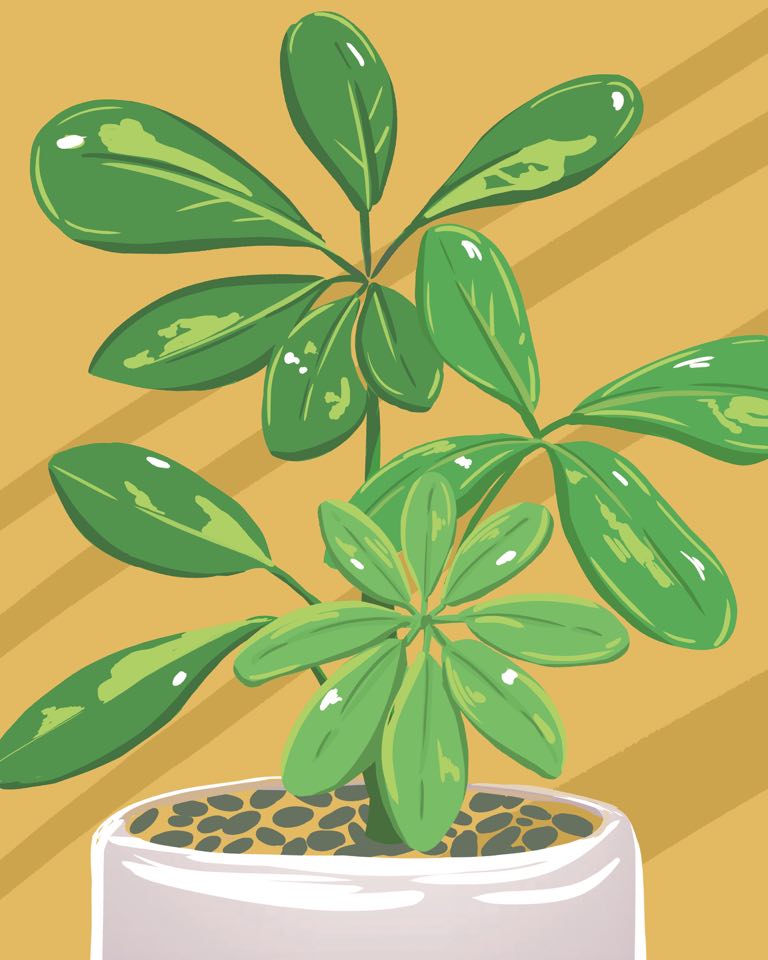
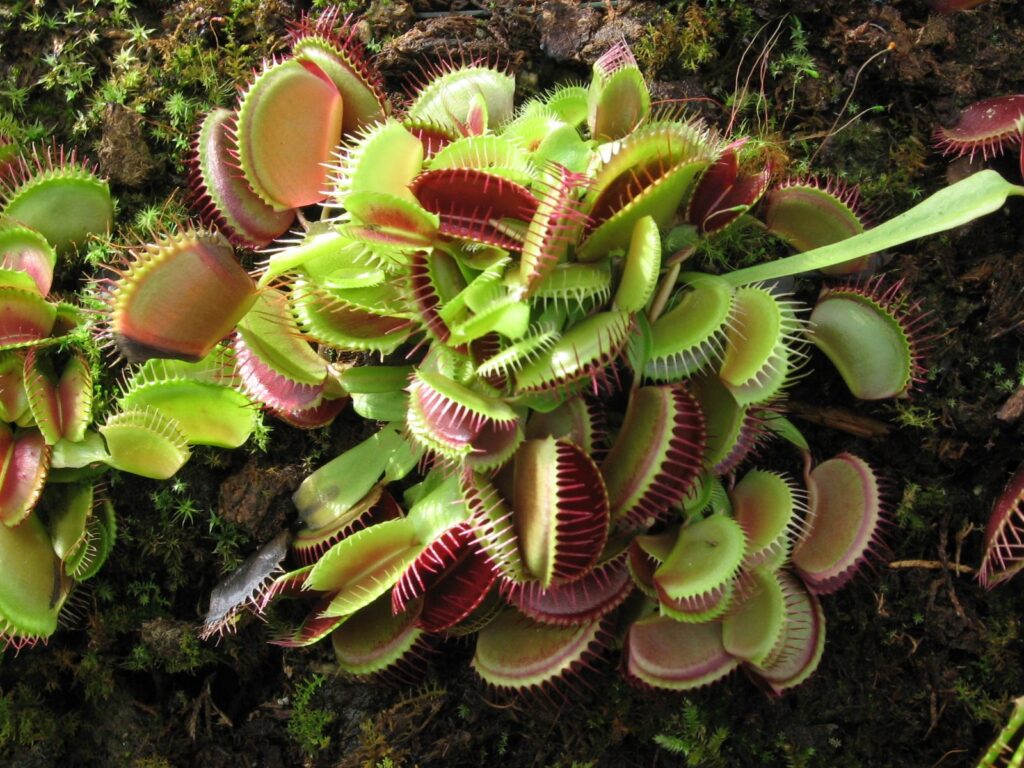
Leave a Reply